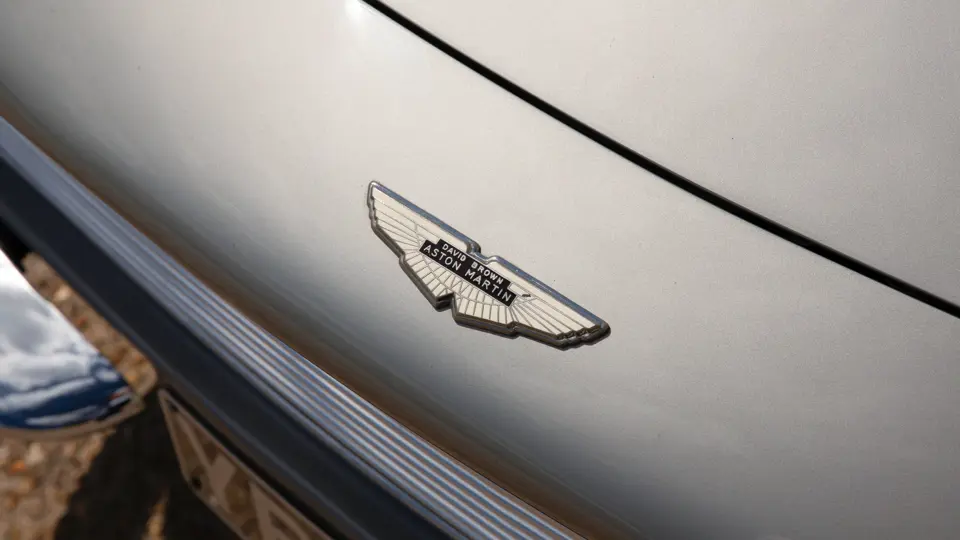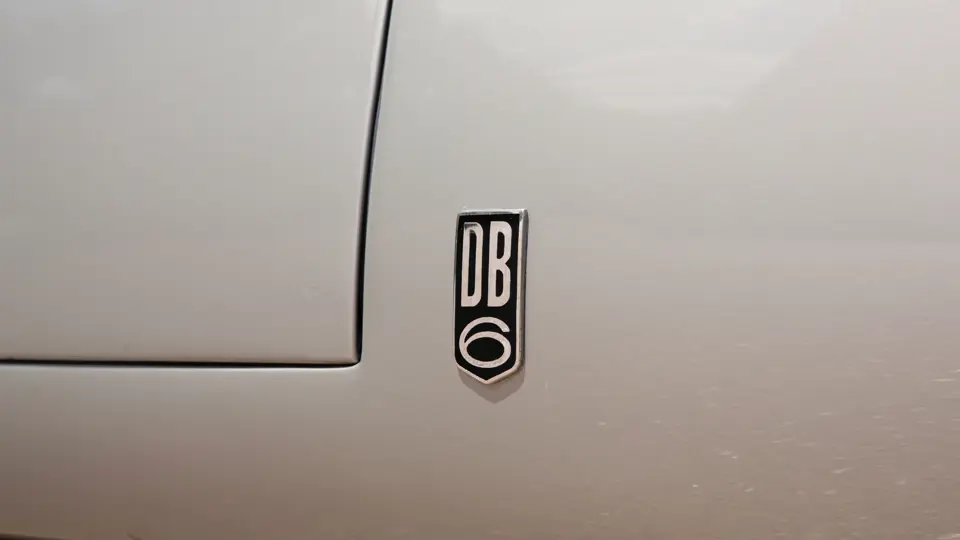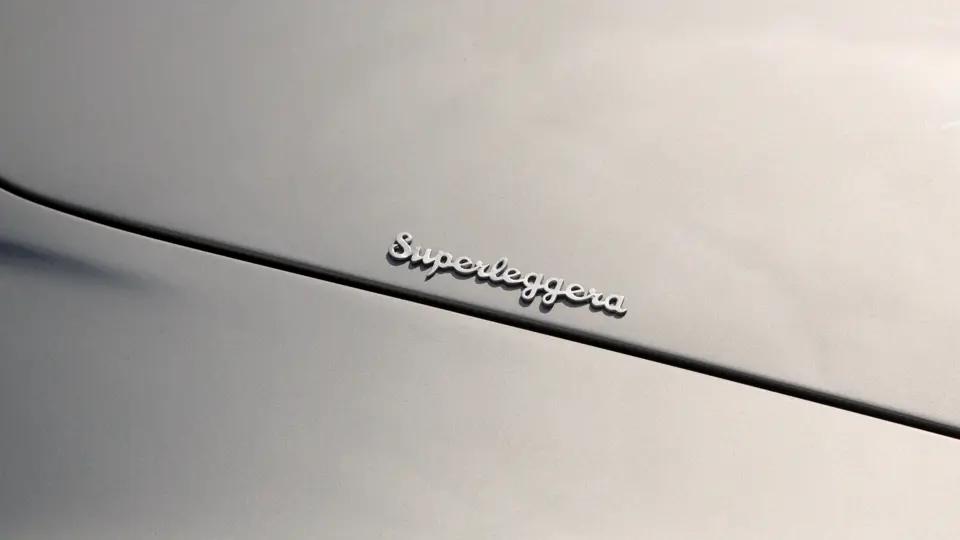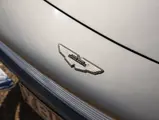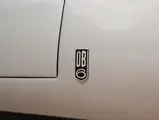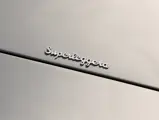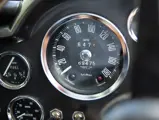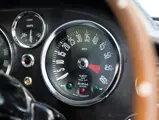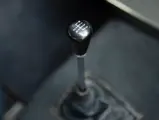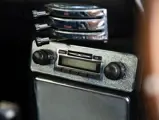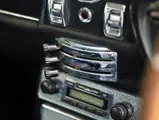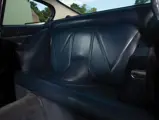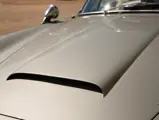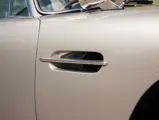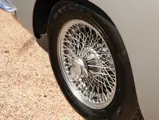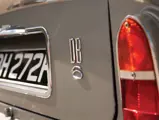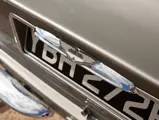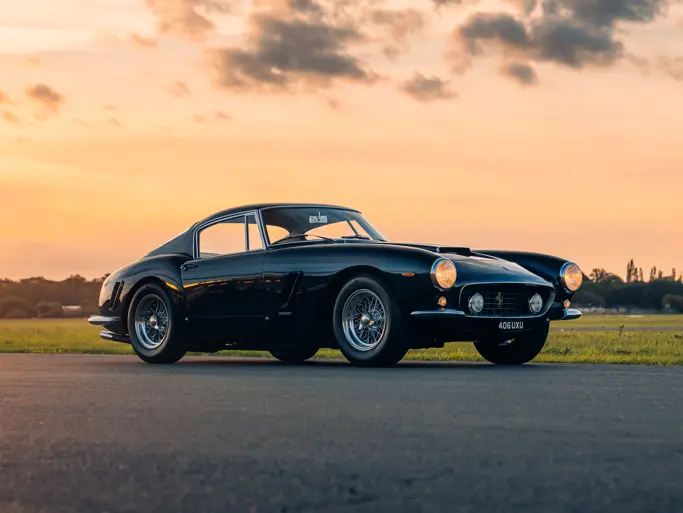Aston Martin’s DB6 is considered by many aficionados to be the last true Aston Martin and the swansong of the original DB range, stretching back to the first car of the Sir David Brown era: the DB1 of 1947.
The DB6 was announced at the 1965 London Motor Show and whilst it was clearly derived from its predecessors, the DB4 and DB5, the changes for the new model were not insignificant: a Kammback tail was introduced to reduce the high-speed rear end lift suffered by the DB5; the roofline was raised to increase headroom by two inches and the wheelbase lengthened by four inches to give rear passengers genuine legroom. The styling changes necessitated by these alterations included a taller but more steeply raked windscreen, as well as forward quarter windows and re-profiled rear windows.
Under the skin, Carrozzeria Touring’s Superleggera construction style was dropped in favour of conventional steel fabrication whilst air conditioning, power steering and a no-cost automatic Borg-Warner gearbox were offered for the first time. Power came from Tadek Marek’s venerable 3,995-cc inline six-cylinder engine breathing through triple SU carburettors, producing 282 bhp at 5,500 rpm. A top speed of 150 mph was touted alongside a 0–60 mph sprint time of around seven seconds. In an era when British motorways had no upper speed limit, a genuine 2+2 Aston Martin grand tourer providing comfort, brand prestige and luxury at 150 mph must have been a very seductive proposition indeed.
The particular DB6, chassis no. 3249/R, has a rather interesting story. Built to RHD specifications, chassis 3249/R was outfitted with power steering, chrome wheels, a heated rear screen, a power antenna for its Motorola radio and its original receipt note and invoice, both accompanying the car today, stating that it was delivered to Dr Y.W. Loke. Although the car was invoiced to him at the University of Malaya in Kuala Lumpur, the invoice states that the car was delivered to Cambridge, where he was a professor at the University of Cambridge, specialising in reproductive immunology. Furthermore, the car also retains its original service book.
With the invoice dated 4 October 1967, the factory colour scheme of Silver Birch with Dark blue leather is retained, and whilst the car has been painted in the past five years, the interior is original throughout and in beautiful condition. In addition, the original shut lines and panel fit are excellent. Remaining in the UK its entire life and following a recent service, this would be a lovely DB6 to drive and enjoy.




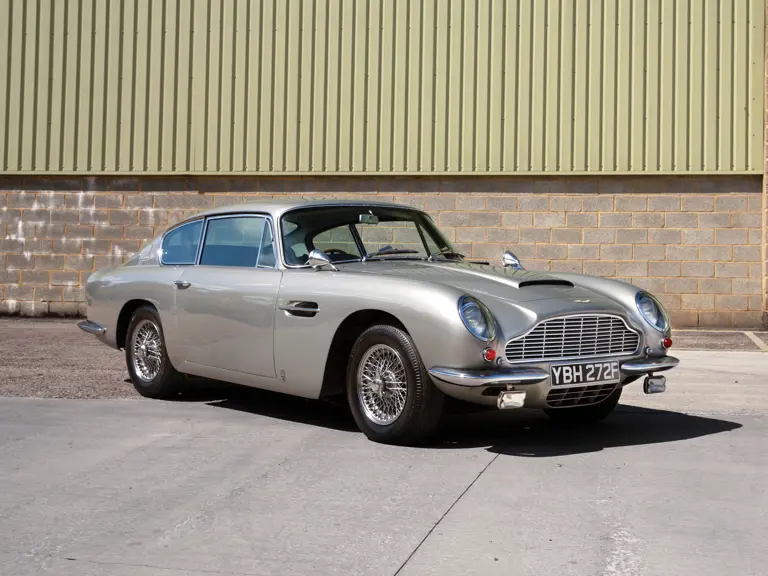
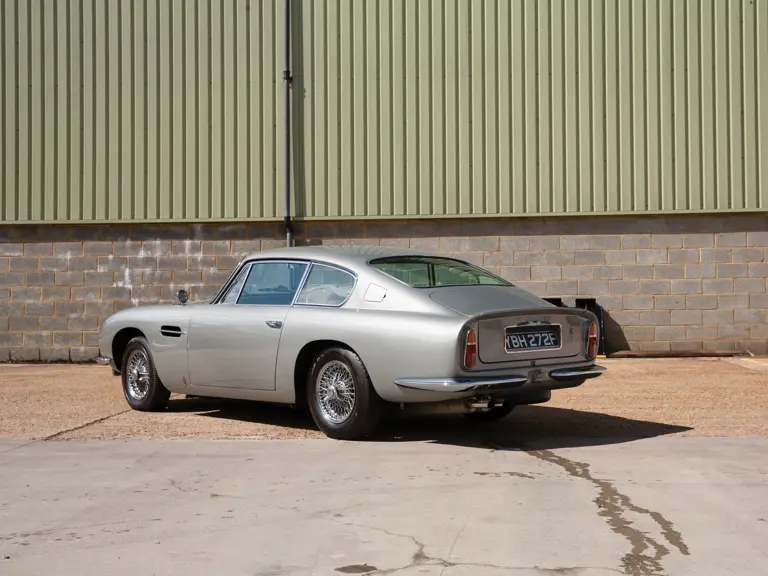
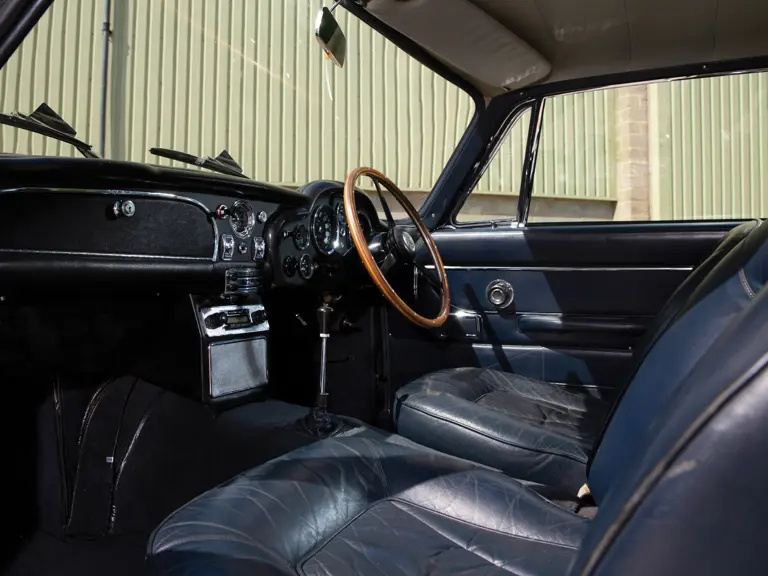
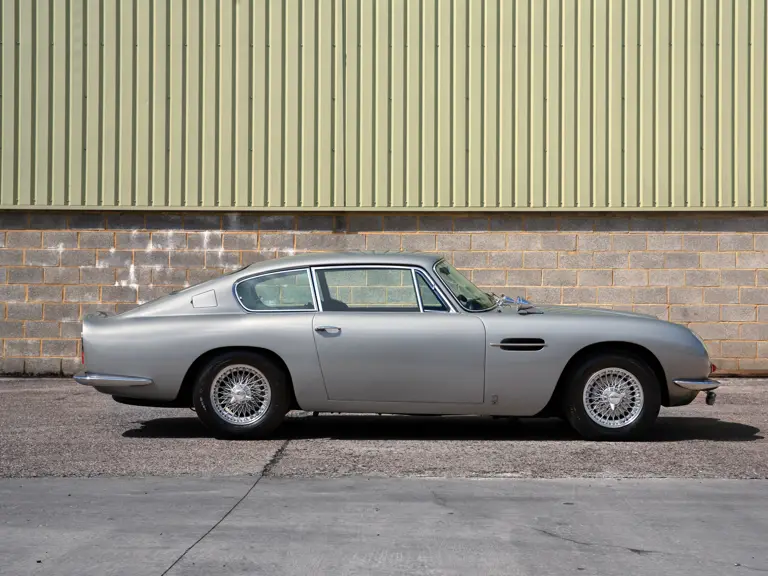
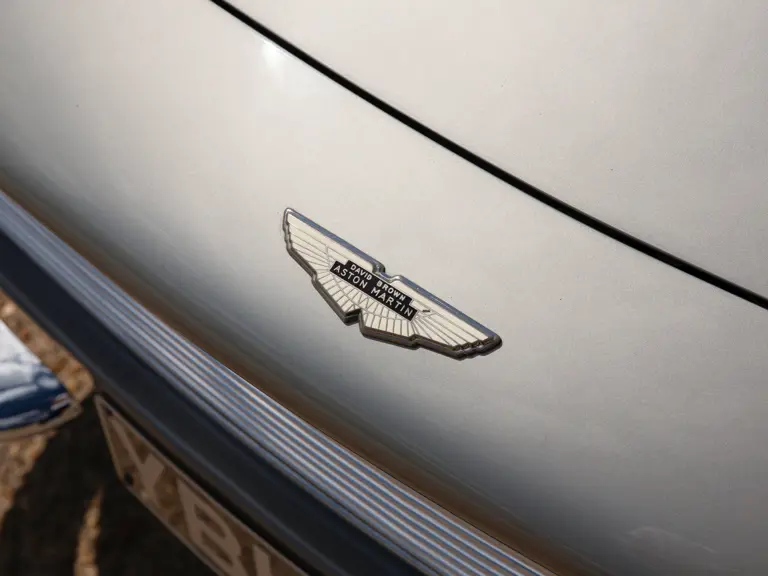

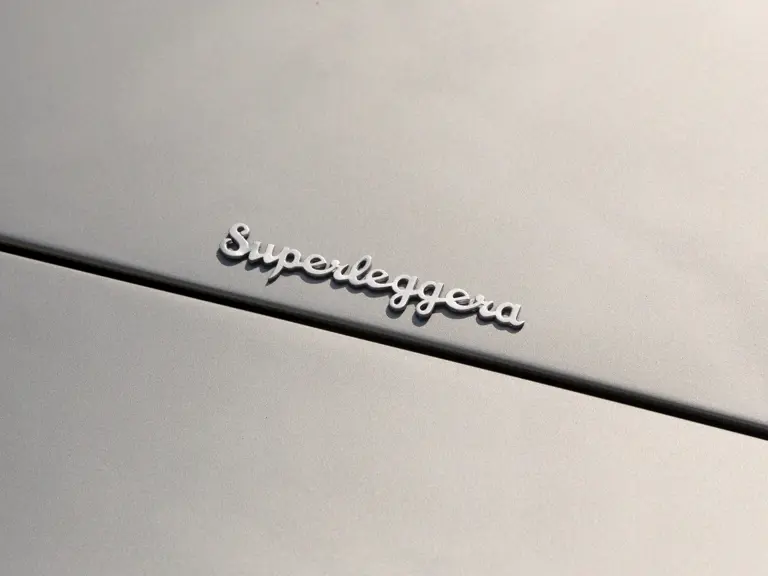

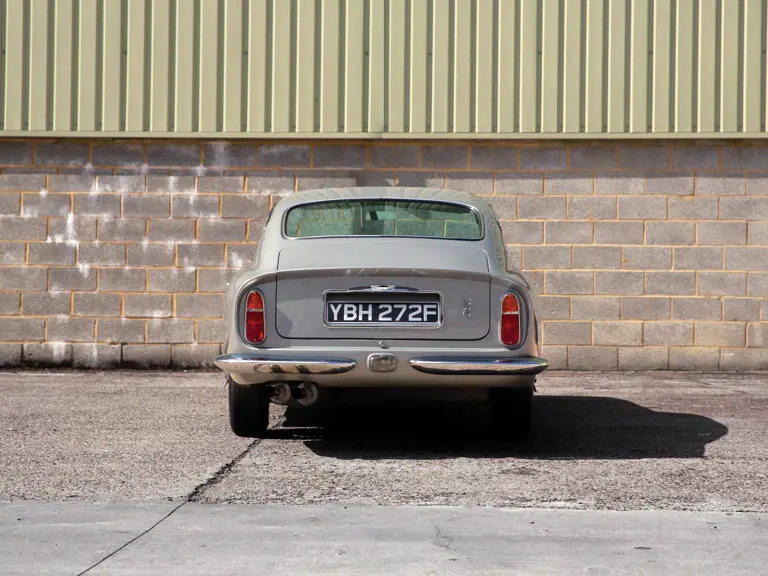
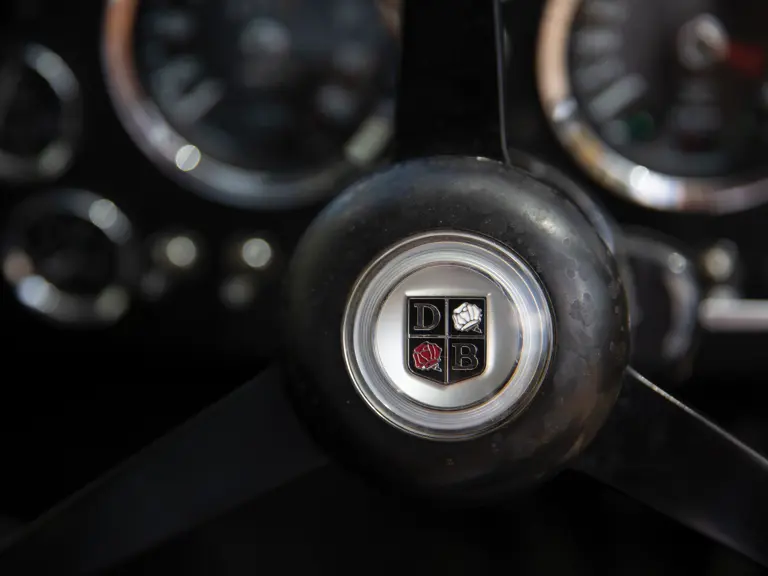

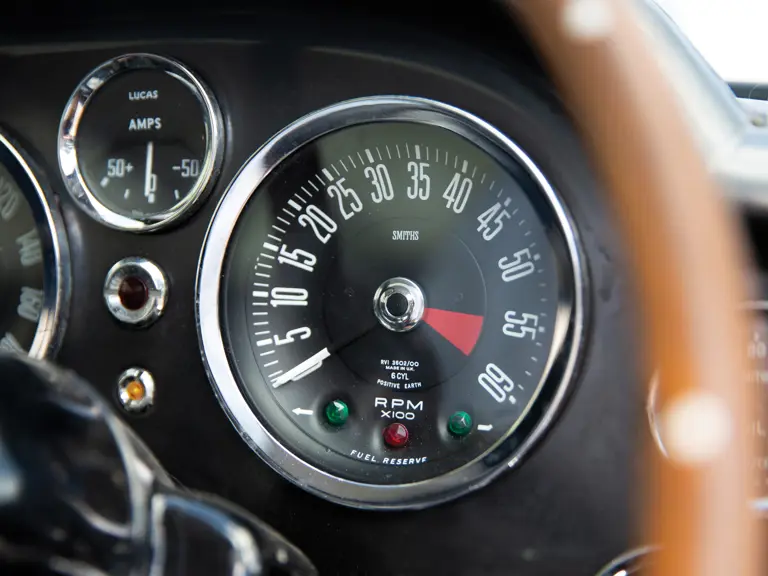
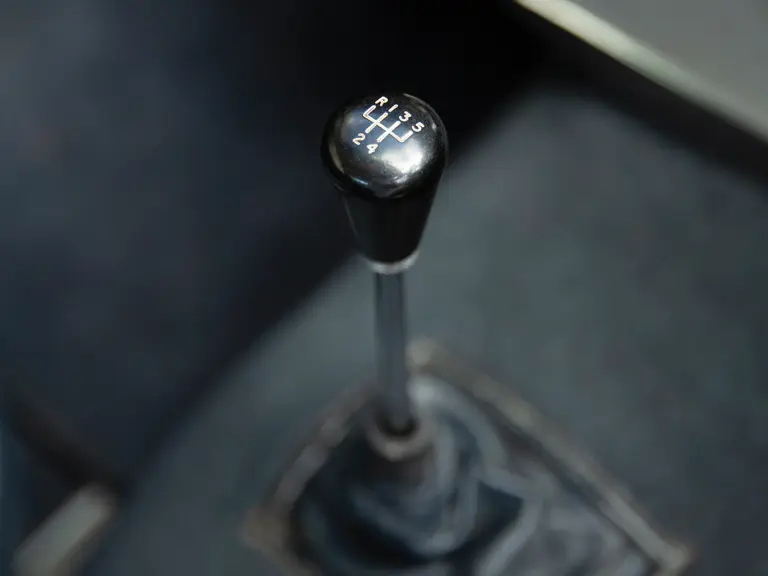

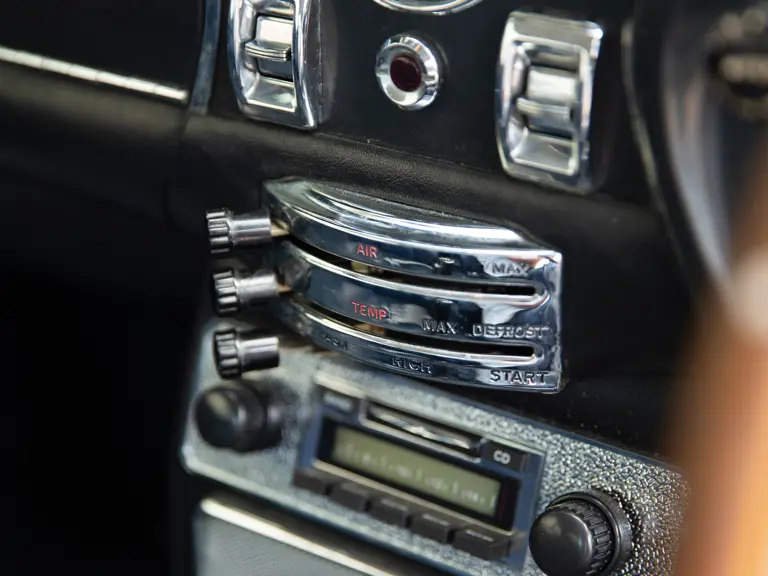
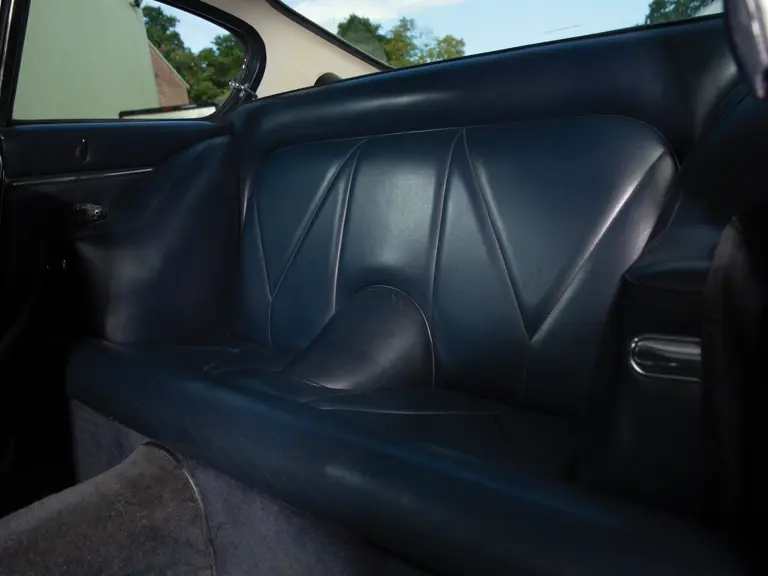
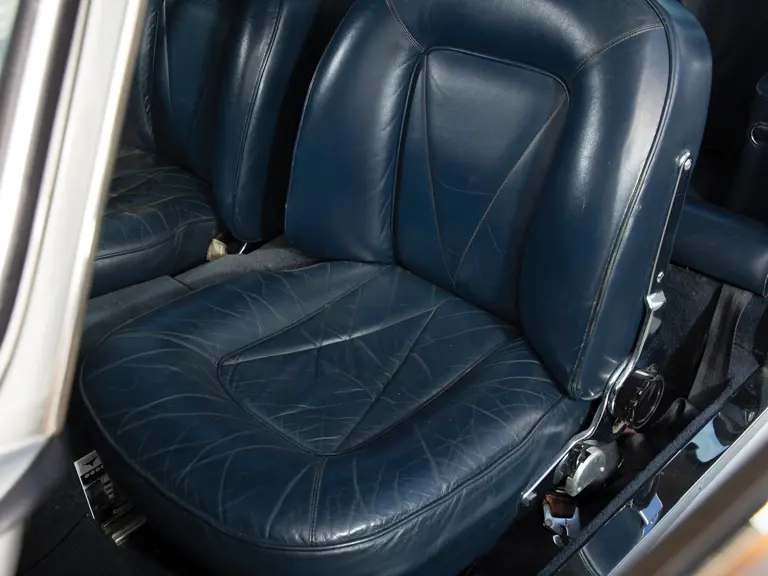
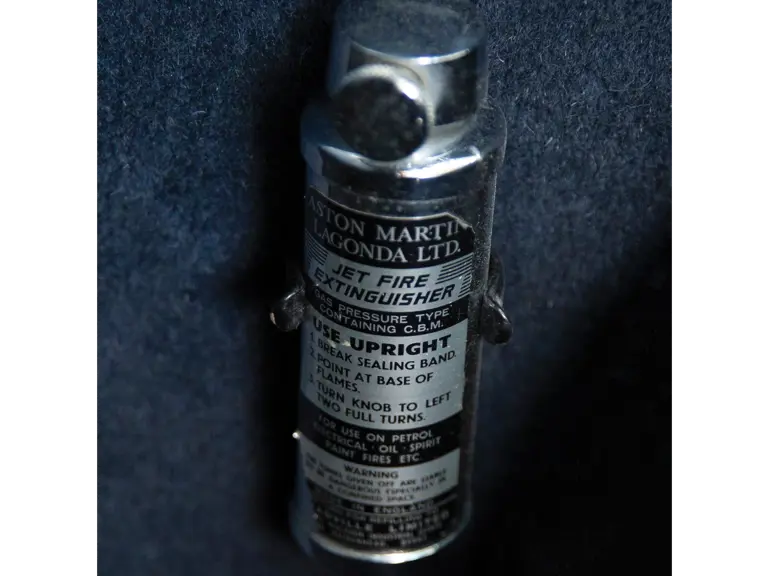

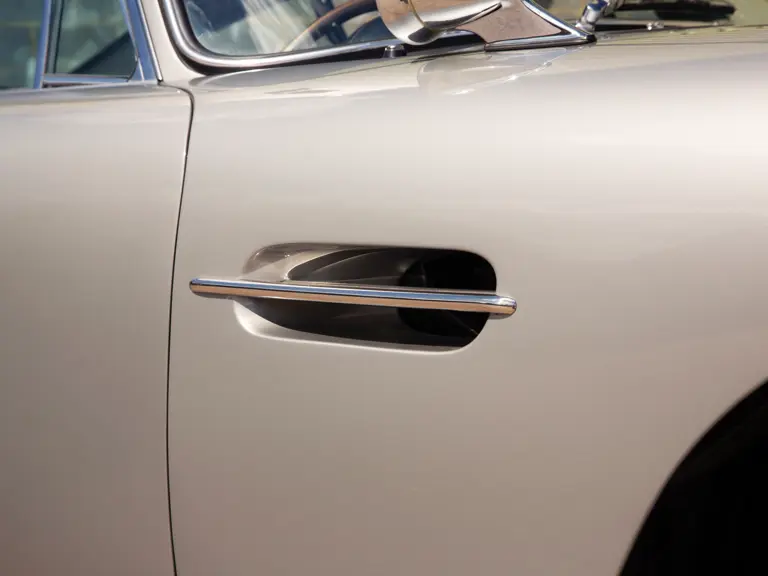
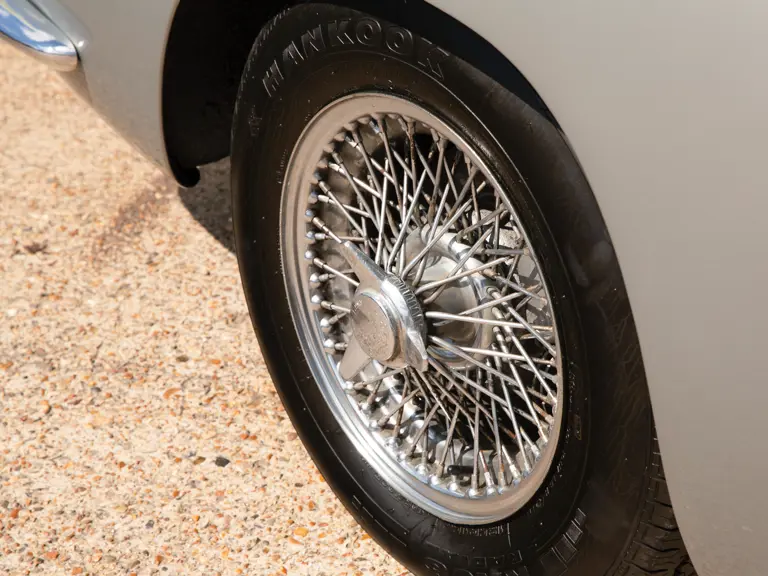
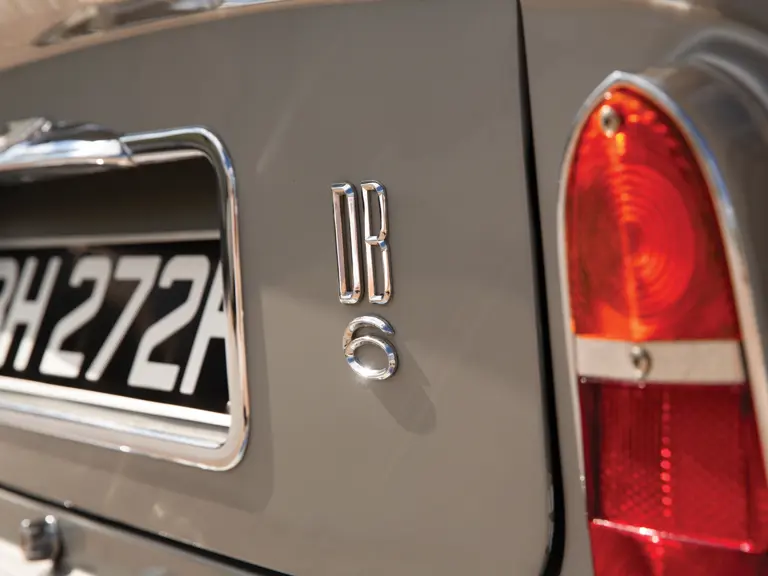
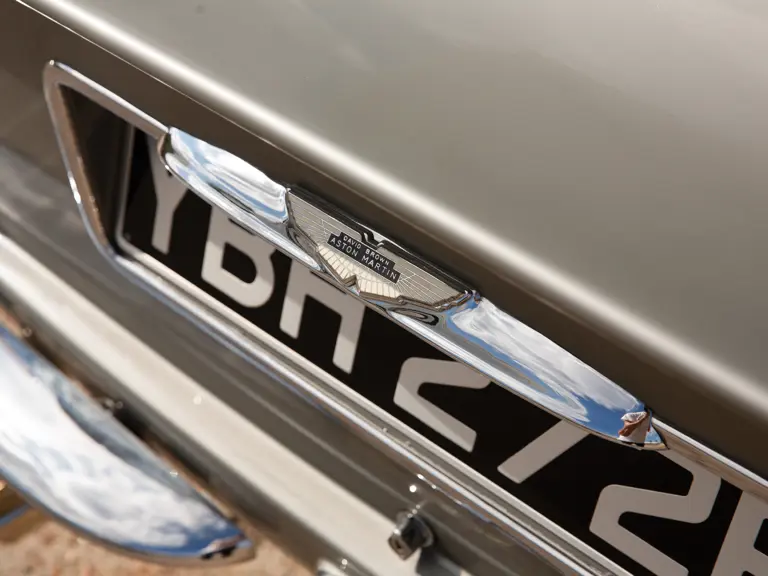
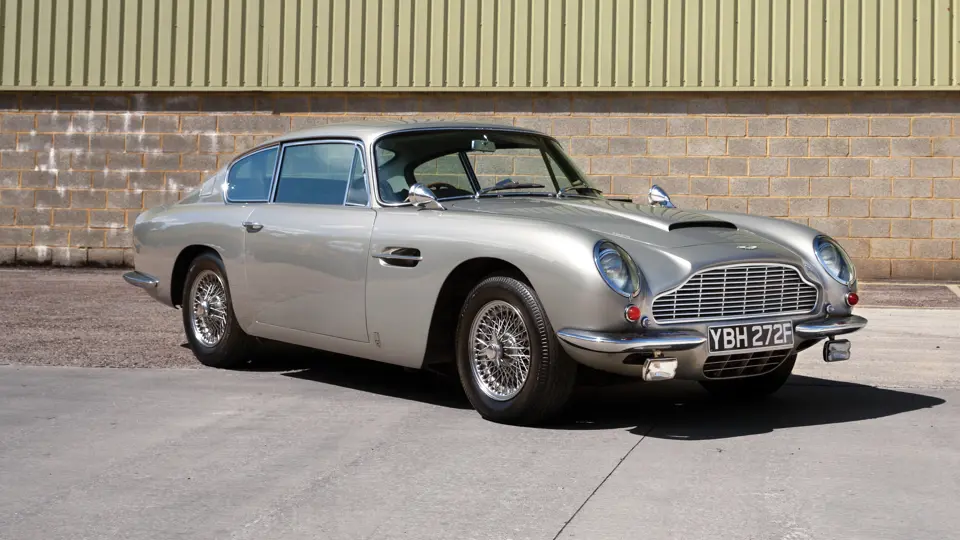
 | London, United Kingdom
| London, United Kingdom
